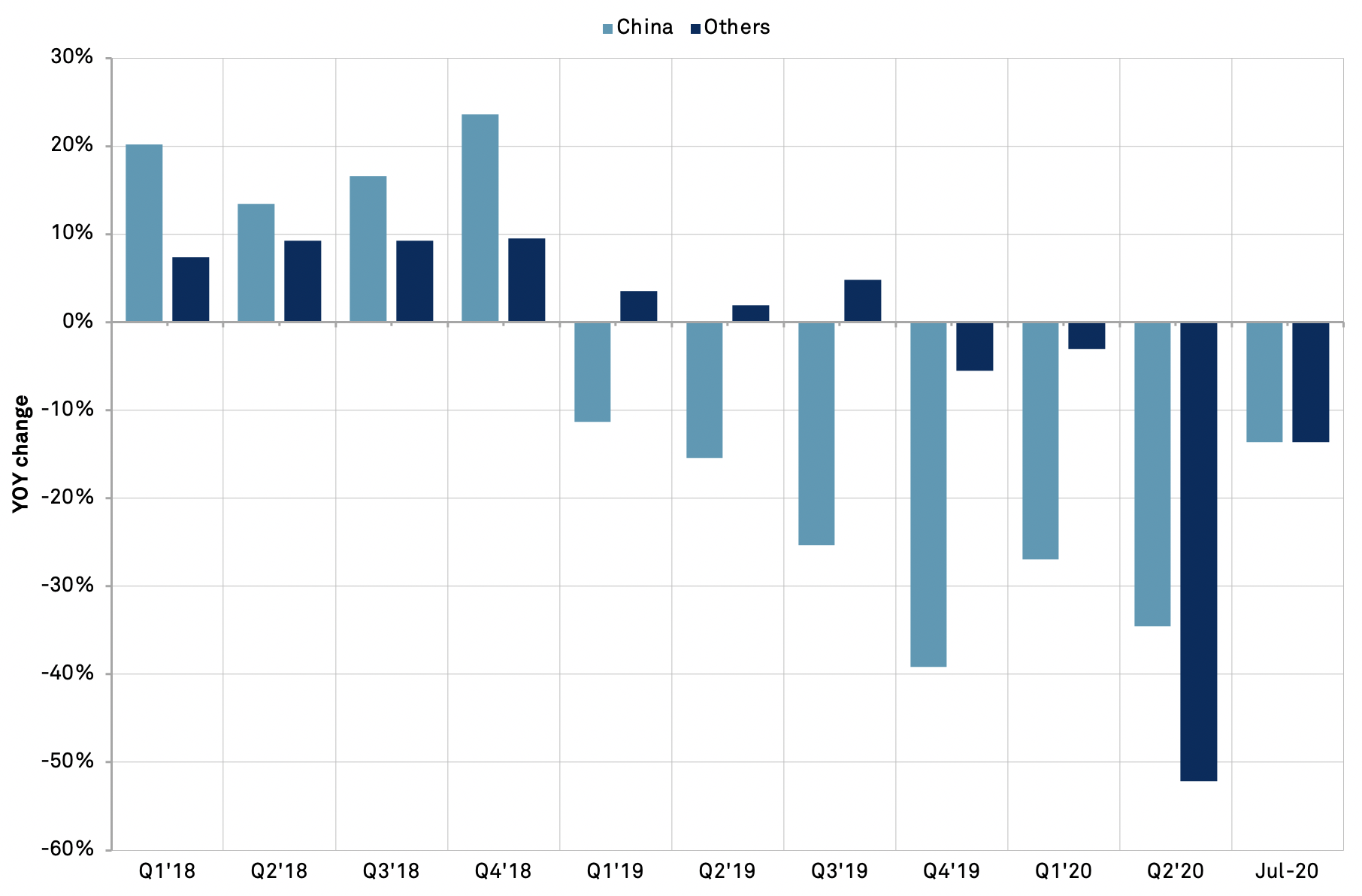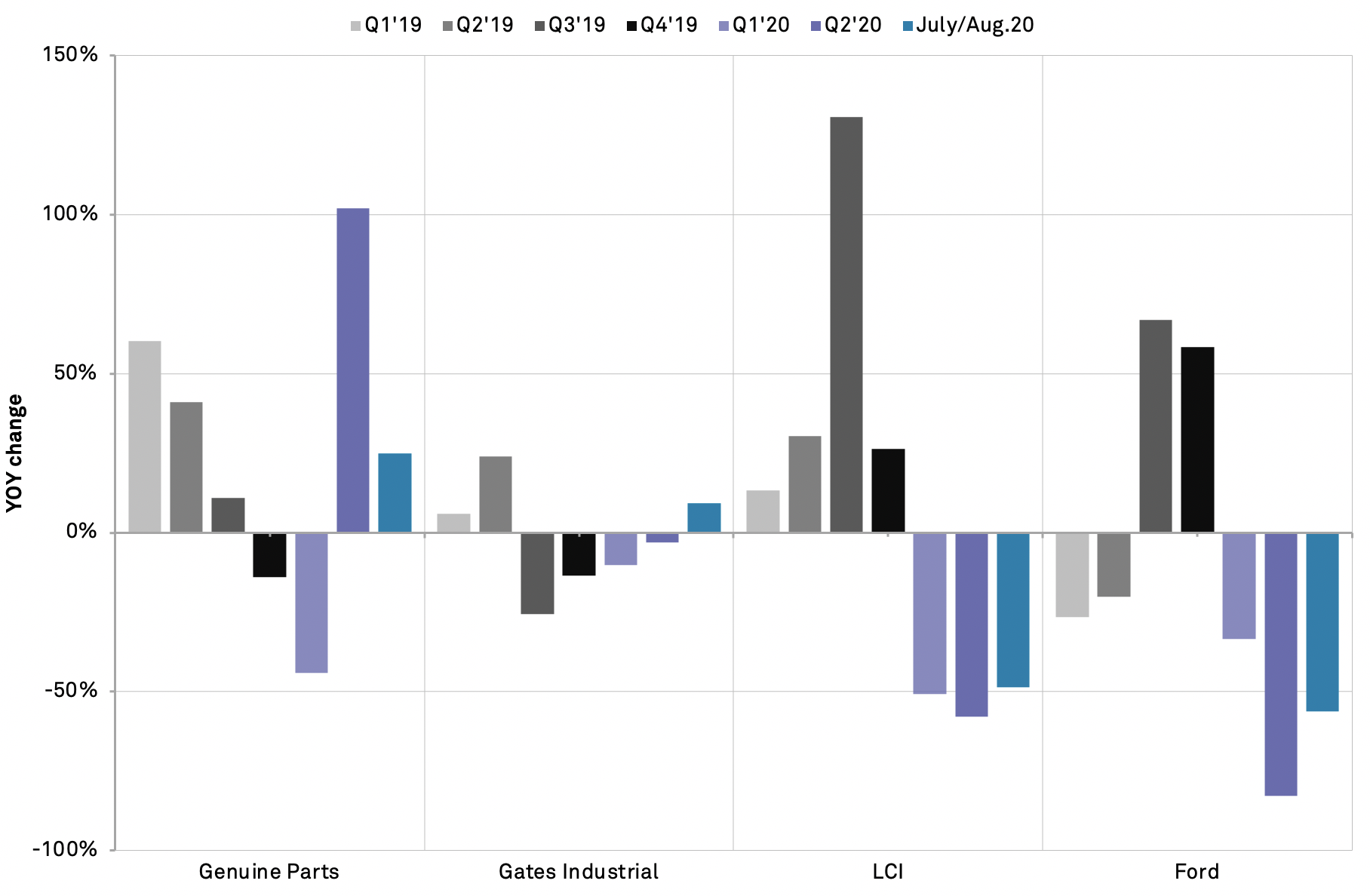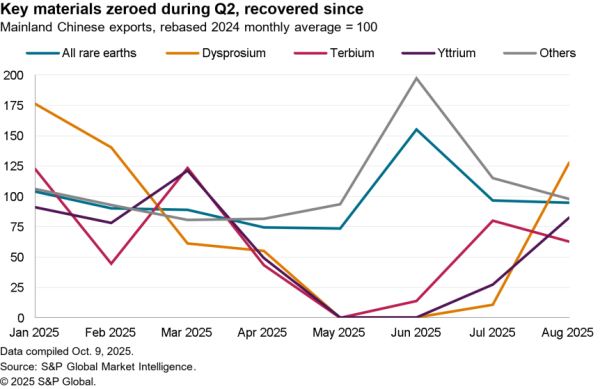Electric vehicle maker Tesla has filed a suit at the U.S. Court of International Trade against the U.S. Trade Representative in regards to U.S. section 301 duties on Chinese imports. As outlined in Panjiva’s research of Sep. 22 that follows a ruling against the duties by the World Trade Organization which is unlikely to change the Trump administration’s course on tariffs.
Tesla’s case follows a refusal by the USTR to exempt computer equipment used in the Model 3 from tariffs. It also follows similar suits by other automakers including Volvo and Ford according to The Guardian. It also comes the backdrop of reports of as many as 3,300 filings on the topic at the CIT, Inside Trade reports.
The Tesla suit specifically refers to list 3 (25% rate since May 2019 after imposition at a 10% rate in Dec. 2018) and list 4A (7.5% since Feb. 2020 after an initial imposition at 15% in Oct. 2019) tariffs under the section 301 program and is based on the delayed timing of the imposition of later tariffs after the initial section 301 report.
Panjiva’s data shows that U.S. imports of the kind of specialist computers used in Tesla’s Model 3 request (HS 8543.70.9960) have been switched away from China. The proportion of machines sourced from China fell to 10.9% of the total in the 12 months to July 31 from 25.4% in 2017. That was replaced by shipments from Taiwan which rose to 11.9% from 2.8% and those from Europe which increased to 13.7% from 8.9%.

Source: Panjiva
Looking at imports of car parts more broadly, the share of shipments from China fell to 9.9% of the total in the 12 months to July 31 from 12.1% in 2017. That’s come against the backdrop of a slide in auto component imports resulting from COVID-19 supply chain disruptions and demand destruction.
Imports from China fell by 27.0% year over year in Q1 compared to a decline of 3.1% from all other origins, while shipments from China fell by 34.6% in Q2 compared to a 52.1% slide in the aggregate. Both declined by around 13.5% in July indicating demand has not fully returned to pre-pandemic levels.

Source: Panjiva
Most importers of car parts to the U.S. from China have continued to aggressively cut their shipments. Panjiva’s U.S. seaborne import data shows that shipments of parts linked to LCI and Ford have dropped by 48.7% and 56.2% year over year respectively in July and August combined.
There are outliers, however, including Gates Industrials’ Winhere which have increased by 9.2% while those associated with retailer Genuine Parts climbed 24.8%. The latter may be tied to a reallocation of consumer spending to spares and repairs rather than new purchases rather than wider supply chain changes.

Source: Panjiva




